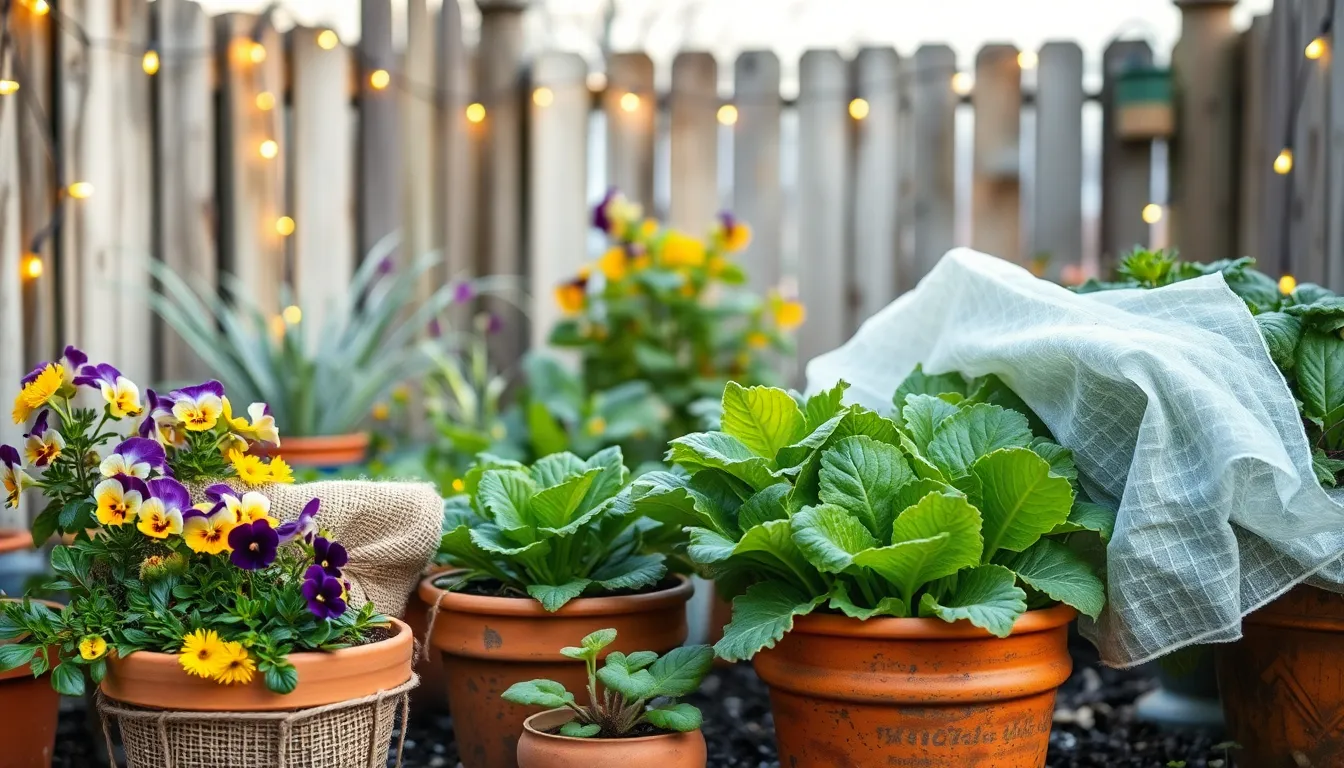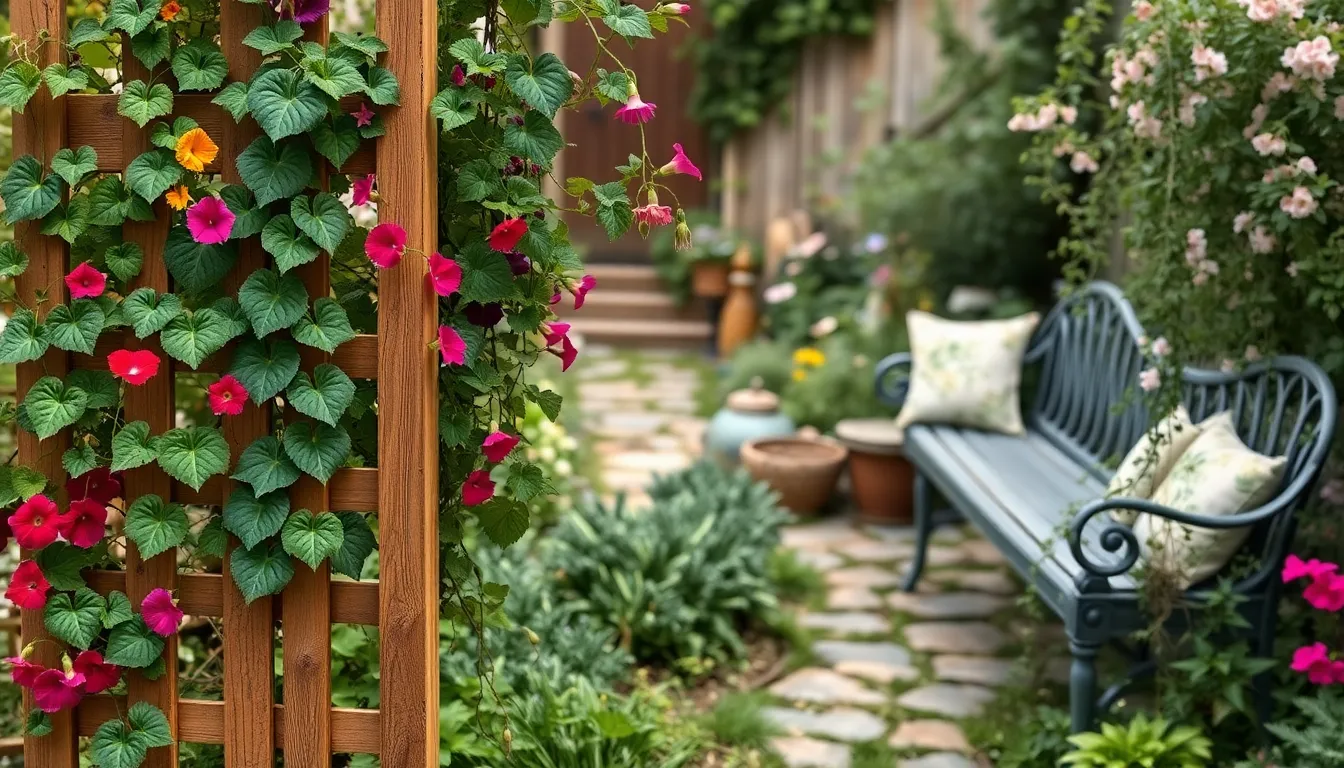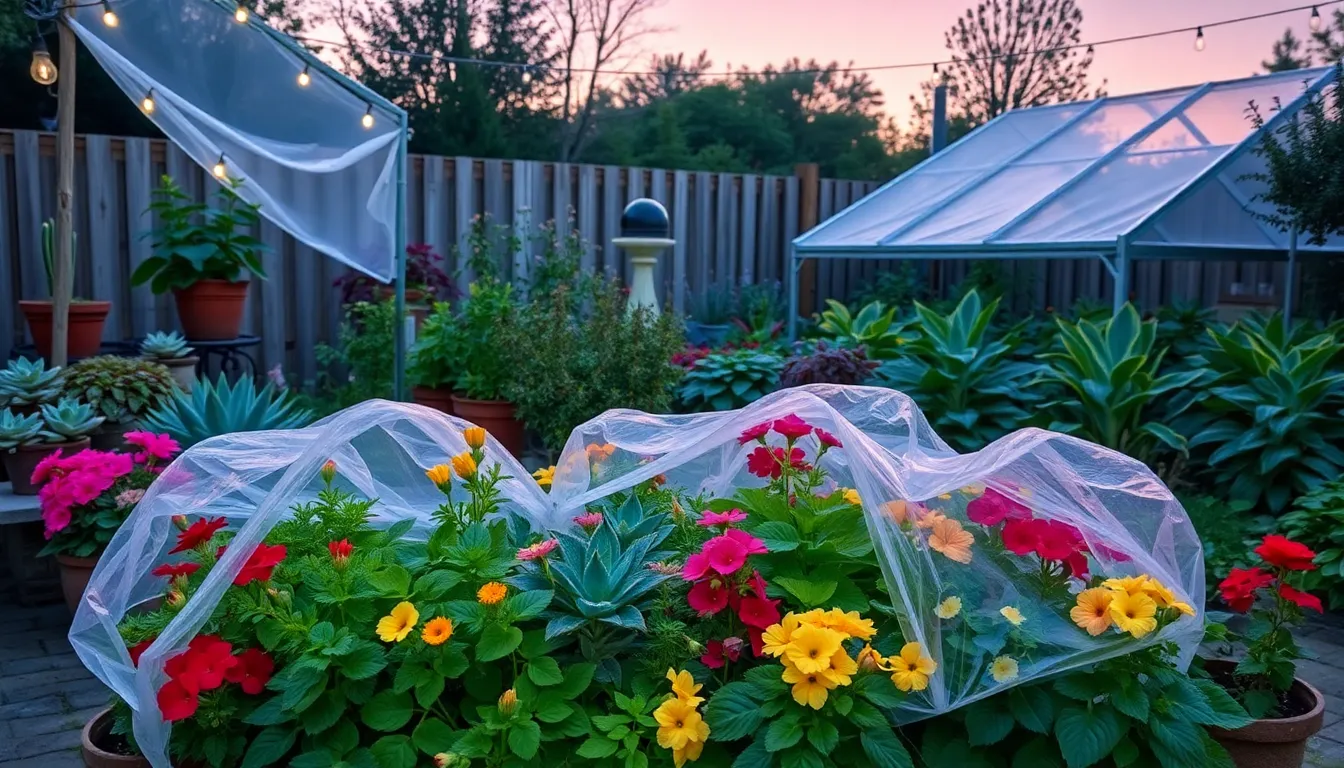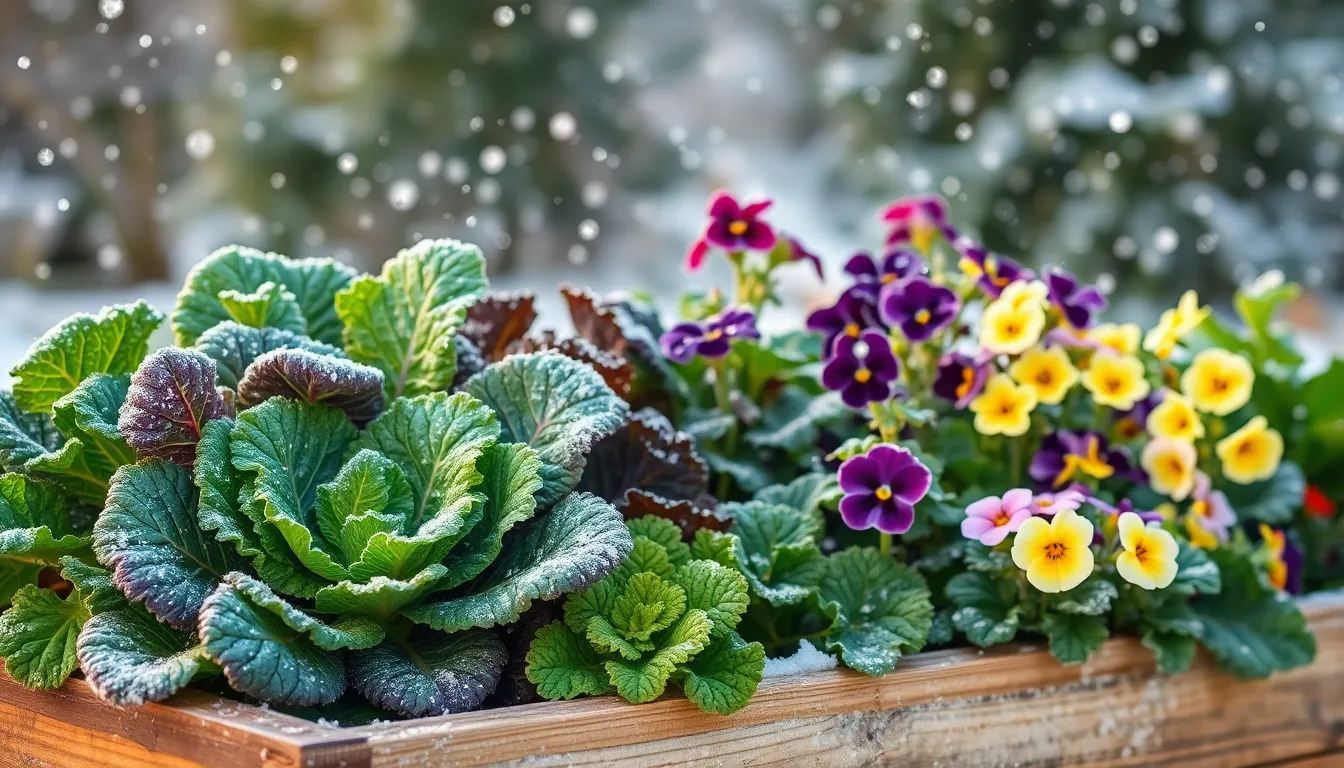As the days grow shorter and the crispness of autumn air begins to bite, gardeners of all levels turn their attention to one of Mother Nature’s more challenging tests: frost. This natural phenomenon can feel like a formidable opponent, especially for those new to gardening, but even seasoned green thumbs know the heartache of waking to a garden blanketed in ice.
With a touch of foresight and a sprinkle of diligent care, you can protect your cherished plants from frost’s icy grip. In this guide, you’ll discover practical strategies and creative solutions designed to shield your garden from the cold, ensuring your plants not only survive but thrive through the chillier months. Whether you’re nurturing delicate blooms or hardy vegetables, these insights will empower you to face frost with confidence and care.
Monitor Weather for Frost Alerts
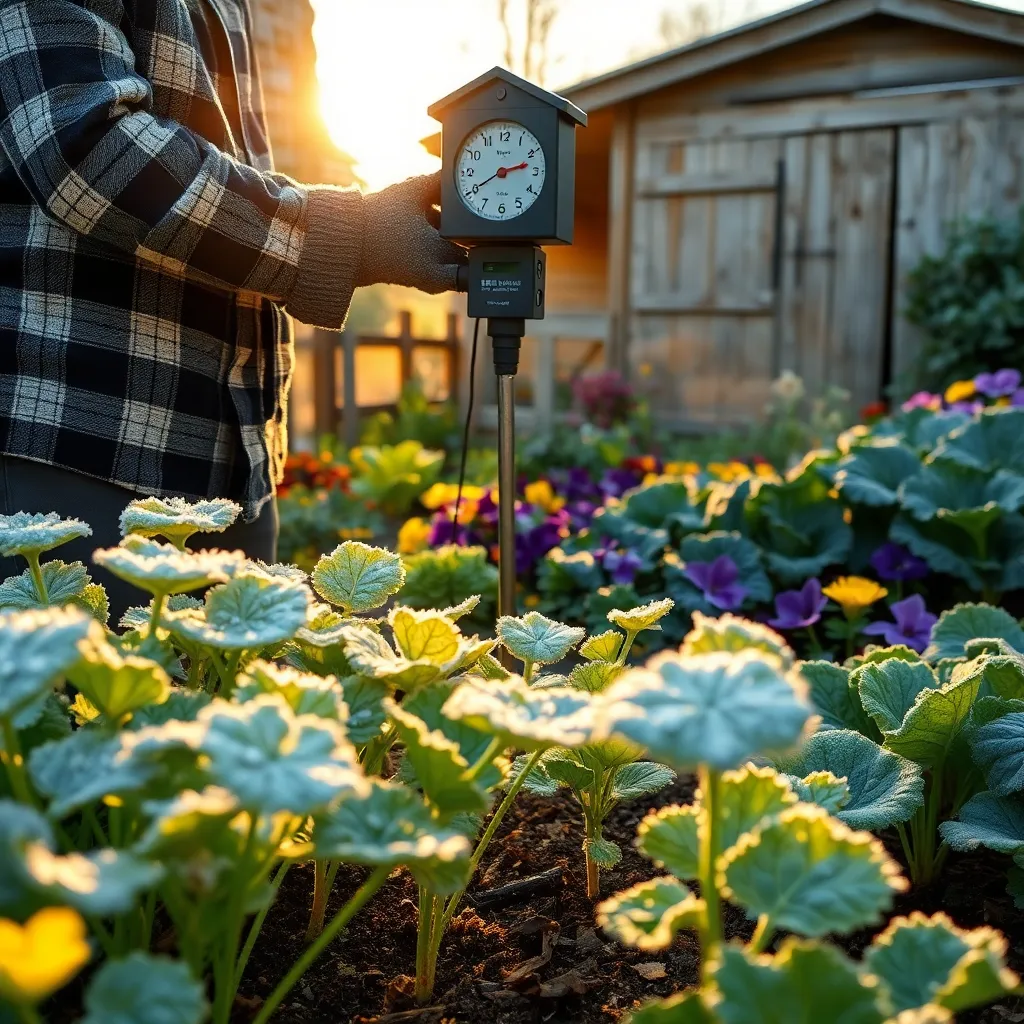
Monitoring the weather is crucial for safeguarding your plants from frost damage. By staying informed about upcoming frost alerts, you can take timely action to protect your garden.
Utilizing a reliable weather app or website can provide you with accurate and up-to-date information. Set up notifications for frost warnings so you’re alerted as soon as potential frost is forecasted.
Check local weather stations or agricultural extensions for even more detailed forecasts and frost advisories. These resources often provide invaluable insight into microclimates that could affect your garden differently.
For a more advanced approach, consider installing a digital thermometer or weather station in your garden. This allows you to monitor conditions directly and make informed decisions based on real-time data.
Water Plants Before Frost Hits
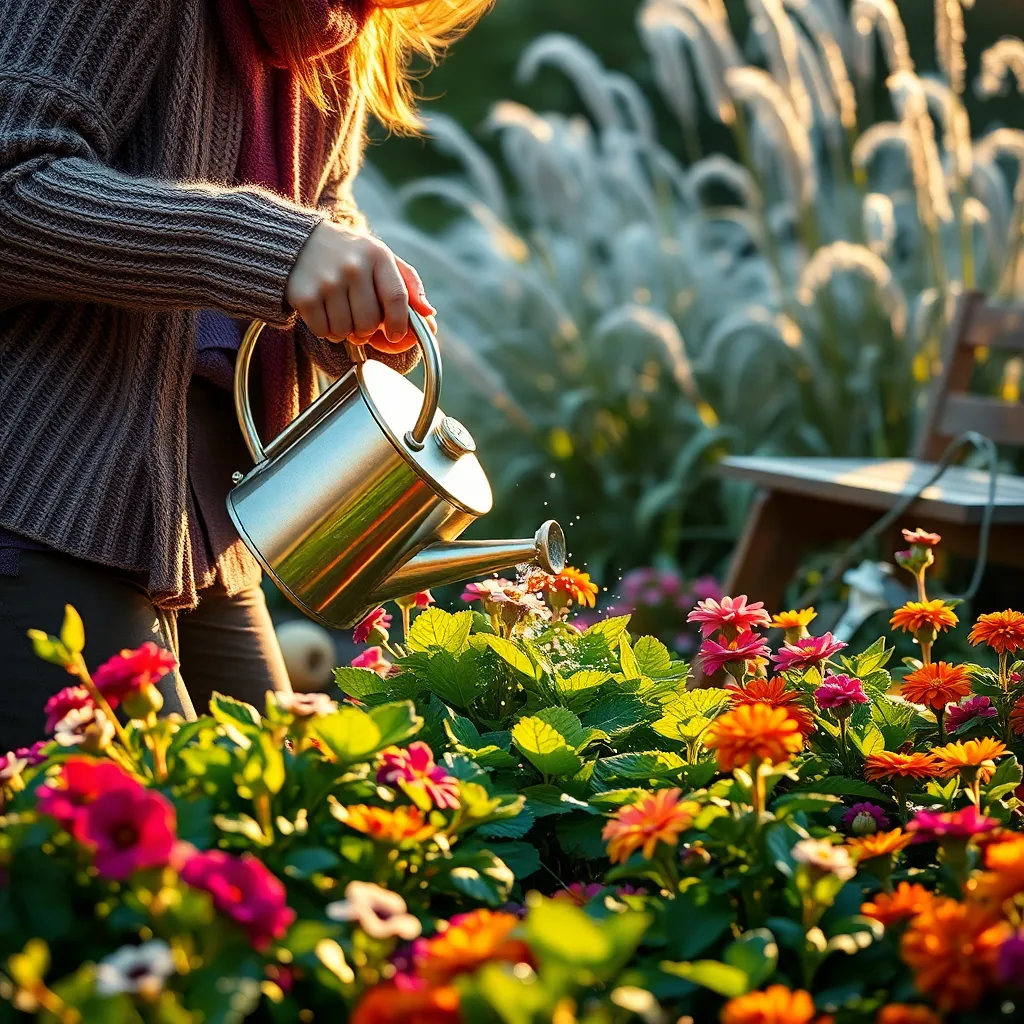
Before frost hits, it’s important to water your plants to help them withstand the cold. Moist soil retains heat better than dry soil, which can help insulate the roots and protect them from frost damage.
Water your plants thoroughly in the morning to ensure the moisture has time to soak into the ground before temperatures drop. This is especially crucial for young or newly planted specimens, as they are more vulnerable to temperature fluctuations.
On the other hand, avoid watering the leaves and foliage, as wet leaves can freeze and cause damage to the plant. Instead, focus on soaking the soil around the base of each plant, ensuring that the water penetrates deeply to reach the roots.
For advanced gardeners, consider using a layer of mulch to further protect your plants. A 2-3 inch layer of organic mulch like straw or shredded leaves can help retain moisture and add an extra layer of insulation against the cold.
Cover Plants with Cloth or Burlap
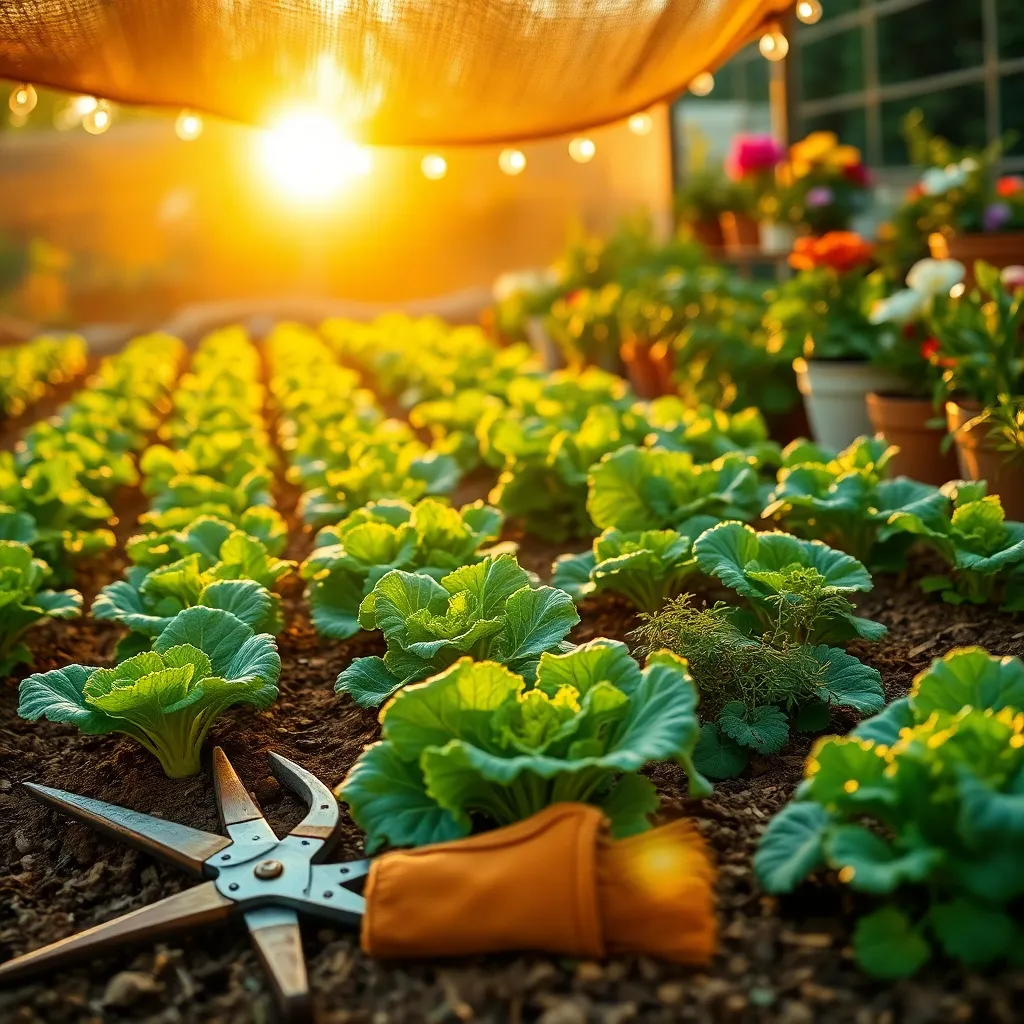
To shield your plants from frost, covering them with cloth or burlap is a simple yet effective strategy. Choose breathable materials like burlap, old bedsheets, or even floating row covers to keep the warmth in and the frost out.
Place the cover over your plants before sunset to trap the warmth from the soil. Ensure the cloth or burlap extends all the way to the ground, and secure it with rocks, bricks, or garden staples to prevent wind from blowing it away.
It’s important to avoid direct contact between the cover and the plant leaves to prevent damage from moisture and cold. You can use stakes or a frame to create a small tent-like structure, providing a protective air pocket around your plants.
For added protection, especially during longer cold spells, consider using multiple layers of burlap or cloth. Remember to remove the covers in the morning once the temperature rises, allowing sunlight to reach your plants and prevent overheating.
Use Mulch to Insulate Roots
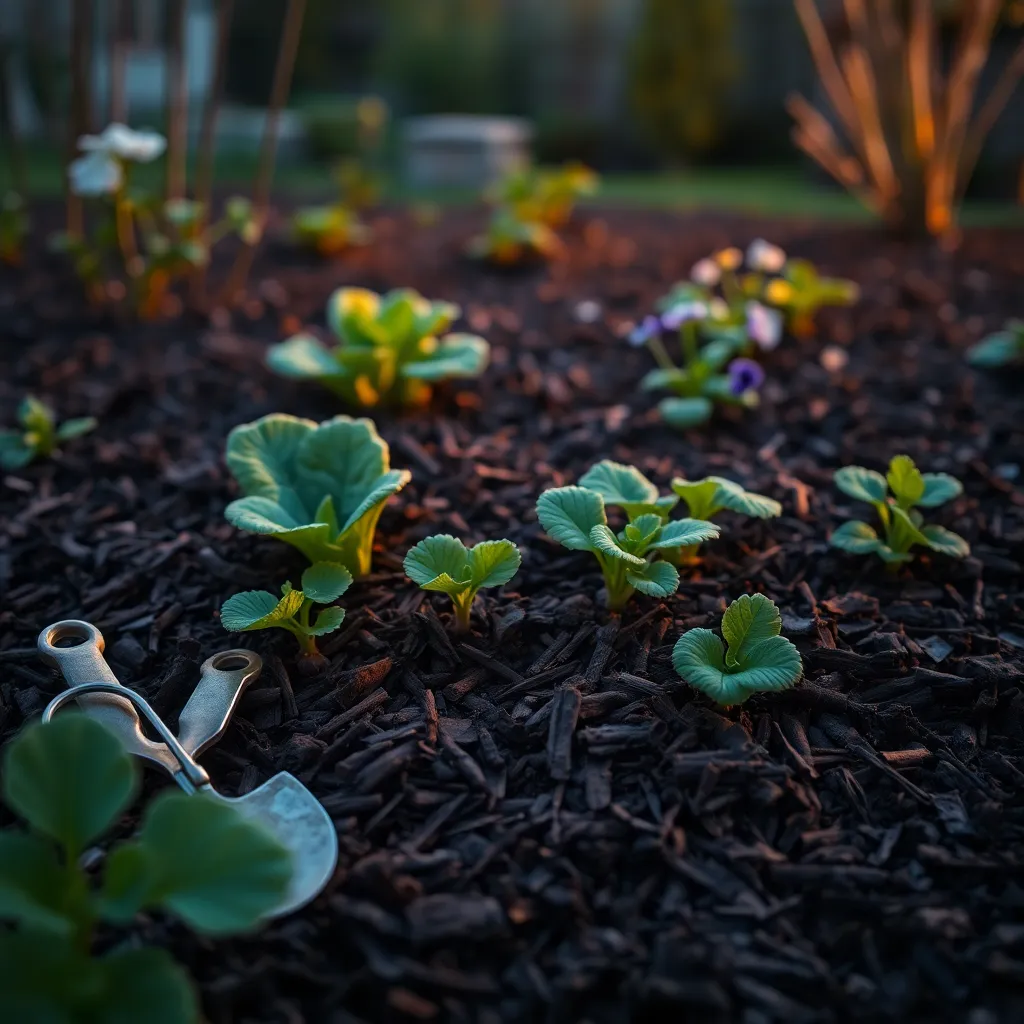
When frost threatens, using mulch is an effective way to insulate plant roots and maintain soil warmth. Mulch acts as a protective barrier, trapping heat in the soil and reducing the likelihood of frost damage.
Organic mulches such as straw, wood chips, or shredded leaves are excellent choices for insulating roots. Apply a layer of mulch about 2-4 inches thick around the base of plants, ensuring it doesn’t touch the plant stems directly to prevent rot.
For areas with heavy frost, consider adding an additional layer of mulch for extra protection. This extra layer can be removed when temperatures rise to prevent overheating during warmer days.
In addition to providing insulation, mulch helps retain soil moisture, reducing the need for frequent watering. This is particularly beneficial during dry winter months when water is less readily available.
- Tip for Beginners: When mulching perennial plants, leave a small gap around the stem to prevent moisture buildup.
- Advanced Tip: Use a combination of coarse and fine mulch materials to improve insulation and encourage soil health.
Move Potted Plants Indoors
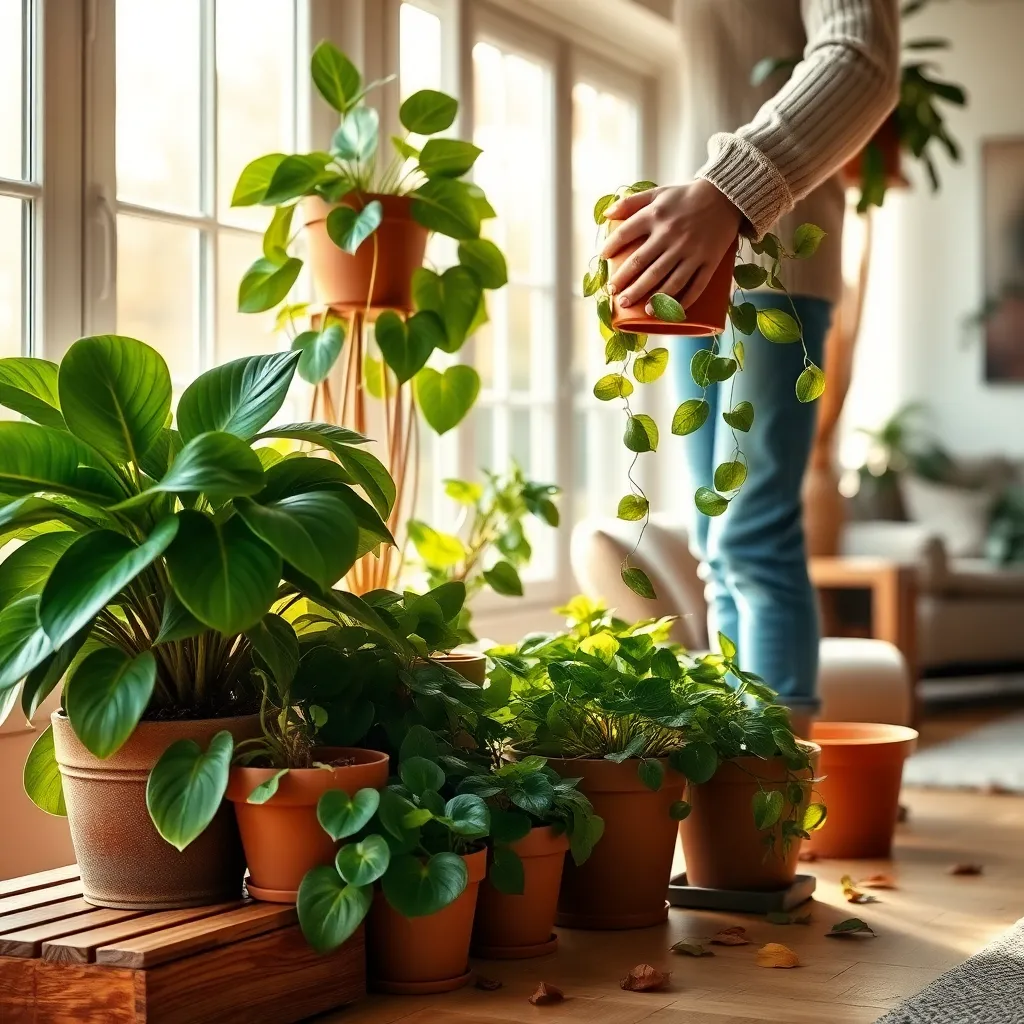
As temperatures begin to drop, moving your potted plants indoors can be a lifesaver. Start by selecting a suitable spot in your home where they can receive adequate sunlight, ideally near a south-facing window.
Transitioning plants indoors should be done gradually to prevent shock. Begin by bringing them in for a few hours each day, gradually increasing their indoor time over a week.
Before relocating your plants, inspect them for pests and diseases to avoid bringing any unwanted guests into your home. Use a gentle insecticidal soap to treat any infestations you find.
Once indoors, adjust your watering schedule since plants typically require less water inside. Monitor the soil moisture regularly, ensuring it’s not too dry or waterlogged, as the indoor climate may differ significantly from the outdoors.
Consider the humidity levels in your home, as indoor air can be quite dry, especially with heating systems running. Grouping plants together can help maintain humidity, and using a pebble tray with water underneath pots can increase moisture levels.
Conclusion: Growing Success with These Plants
As we wrap up our exploration of ‘Beginner’s Guide To Protect Plants From Frost,’ remember that nurturing your plants through harsh conditions is much like nurturing relationships. First, it’s crucial to recognize the signs of frost, just as we should recognize early signs of relationship strain. Next, create a protective environment, akin to fostering a safe space for open communication. Third, consider using the right tools, much like utilizing effective conflict resolution strategies. Fourth, timing is everything; knowing when to act can prevent damage, just as timely conversations can avert misunderstandings. Lastly, regular monitoring ensures both plants and relationships thrive, emphasizing the importance of constant care and attention.
Your actionable next step? Identify one relationship in your life that could use a bit more warmth and attention. Reach out today with a simple message of appreciation or an offer to connect.
Bookmark this guide to revisit whenever you need a reminder of how to protect and nurture what you hold dear. As you fortify your relationships with care and understanding, remember that each step forward is a stride toward lasting success and fulfillment. Embrace the journey, knowing that every effort brings you closer to flourishing connections.

